In the first half of 1536, King Henry VIII, Anne Boleyn, and Jane Seymour were tangled in a fatal love triangle, which in the end resulted in the murder of the innocent anointed queen and the monarch’s third marriage soon after Anne’s execution.

Lady Jane Seymour, who was born in around 1508, could have been almost the coeval of Anne Boleyn, if we assume that Anne’s birth year was 1507. At first, Jane had served in the household of Queen Catherine in 1532, but she may have been her maid-of-honor as early as 1527, and went on to serve her successor – Queen Anne. The first report of the monarch’s interest in Jane came sometime in the winter of 1536. It is interesting that Jane and King Henry VIII were 5th cousins; Jane also shared a great-grandmother – Lady Elizabeth Cheney – with Anne Boleyn.
The courtship of Lady Jane Seymour by the King of England was progressing quickly in the spring of 1536. At the same time, it could have been rather turbulent at times because of the ever-increasing tension between Queen Anne and Jane, her lady-in-waiting, for the queen was well aware of her husband’s infatuation with the Seymour maid. The friction between the two rivalling factions – supporters of the Boleyns and a multitude of Anne’s adversaries, namely the Seymours and of Catherine of Aragon – was increasing steadily. Anne was beleaguered by foes.
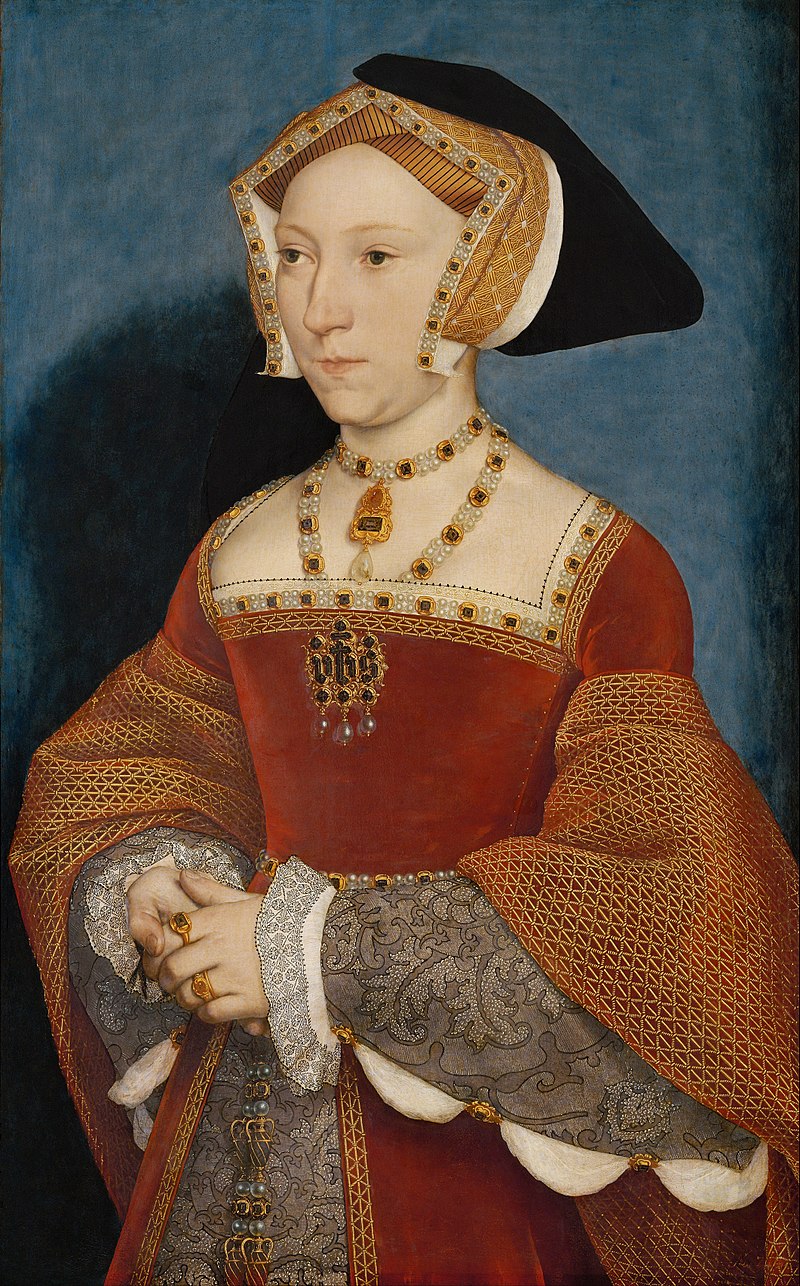
King Henry’s relationship with Queen Anne was strained, and his passion for her was cooling off because she disappointed him with birthing him a daughter – Elizabeth – and with her miscarriages. The couple nevertheless seemed to have reconciled by Christmas 1536 because Anne was pregnant again, which was known at court. Famous for his infidelities, especially during his wives’ pregnancies, the monarch took mistresses, and the third pregnancy was no exception. Most likely, Anne waited for her husband’s choice of his new paramour with trepidation.
Being in her mid-twenties, Jane was still unmarried, and Henry’s affections must have been both daunting and overwhelming for her. Jane came from a relatively humble background, and few anticipated that she would ever become the king’s love interest, including herself. What could have attracted Henry in Jane was the stark contrast of her plain looks and her personality to Anne – Jane’s classic English features, her pale complexion, her quiet demeanor, as well as her meekness and her obedience. Jane was not as superbly educated as Henry’s first and second wives, Catherine and Anne, but it mattered little to the infatuated Tudor monarch. Perhaps being somewhat tired of Anne’s untamed nature and her temper, Jane was like a soothing balm to Henry.
While Anne was carrying the king’s child, Jane certainly did not set her sights on the queen’s throne, despite being supported by her scheming and ambitious relatives. Perhaps the Seymours wanted to seize the opportunity and put her into the royal bed in order to benefit from the rise of their sister and their family in the high royal favor, just as the Boleyns had done before. However, Anne’s tragic miscarriage on the 29th of January 1536 changed everything, for never before had Anne’s position been as shaky, to say the least, as it was at that unfortunate time.
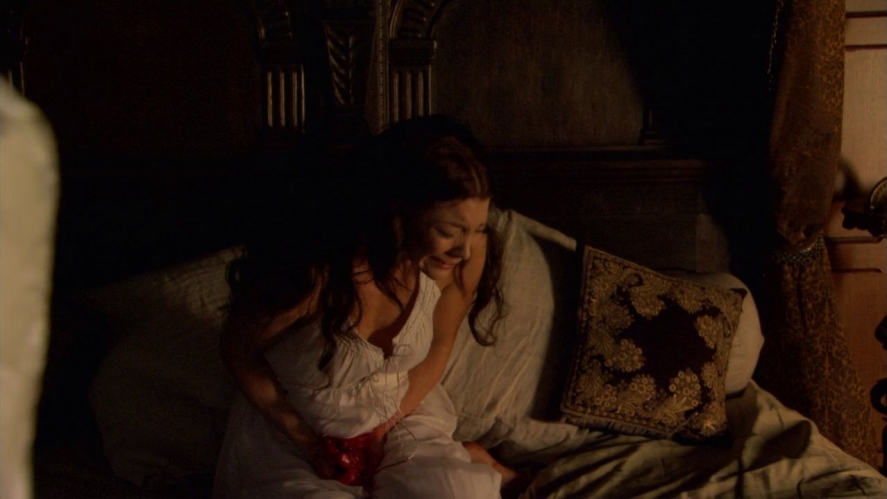
After Anne had lost her “savior”, gossip was circulating around the Tudor court that the queen was incapable of bearing healthy sons, most likely fed by scandal-mongering tongues of Anne’s numerous enemies. The king’s growing “disillusionment” with Anne was carefully observed by the Seymour clan and many others. At the time, the Seymours must have realized that they could seize the rare chance for the advancement and enrichment of their family, although it is not very likely that at that stage, they planned to have Anne supplanted with Jane on the throne.
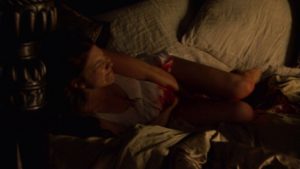
Early in his courtship with Anne Boleyn, Henry gave her the gift of his portrait in a bracelet so that she would never forget him. This time, Jane became the recipient of a similar gift: the monarch gifted her his portrait in a locket, hoping to always remain in her thoughts. Upon receipt of this thing, Jane must have been elated, responding to the king with a formal letter of thanks. Jane was proud to display a token of His Majesty’s affection to the eyes of court; most likely, her relatives instructed her to wear the locket so that Anne and everyone could notice it.
How did Anne react to the revelation that Henry gave one of her ladies-in-waiting a similar gift to the one she had received from him years ago? It is always painful for a wife to learn about her husband’s infidelities, whatever they are real or alleged, and a proud, arrogant, passionate, and intemperate woman such as Anne could not have swallowed that humiliation. Dark, tormenting emotions must have bubbled in Anne’s heart, and her pain burst into explosion of rage.
There is the account of a furious Anne tore the locket from Jane’s neck. In the book “History of the Worthies of England”, published in 1662 after his death, we find:
“It is currently traditional that at her first coming to court, Queen Anne Boleyn, espying a jewel pendant about her [Jane’s] neck, snatched thereat (desirous to see, the other unwilling to show it) and casually hurt her hand with her own violence; but it grieved her heart more, when she perceived it the king’s picture by himself bestowed upon her, who from this day forward dated her own declining and the other’s ascending, in her husband’s affection.”
In spite of the queen’s obvious displeasure, King Henry continued to lavish Jane with his affections, perhaps at first hoping to make her his mistress. Watching the ruler’s feelings for Jane growing simultaneously with his increasing disappointment with his wife, the Seymours focused upon teaching Jane how to handle His Majesty well and to keep his interest in her without having any intimate contacts with the lustful monarch. Jane’s demeanor was a glaring contrast to Anne’s, Henry was rather tired of Anne, and the Seymours strove to capitalize on this.
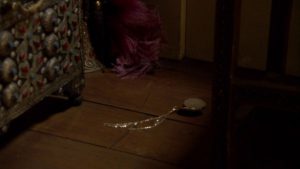
The dangerous game was beginning, and the stake were high. Everyone remembered how Anne kept the king’s seemingly unwavering love for her for years. Therefore, Jane was instructed to copy Anne’s actions by refusing to be a royal mistress and presenting herself in the monarch’s eyes as a true maid for whom her honor and her maidenhood were more precious than anything else in the world. The strong enmity Anne felt and displayed towards Jane helped solidify Henry’s attachment to Jane, who probably complained to His Majesty about the queen’s hostility.
Sir Nicholas Carew, who was a cousin of Anne Boleyn, was one of those who were directly responsible for her downfall. During her tenure as Henry’s queen, Anne used her influence to make Nicholas a member of the Privy Chamber. One of Anne’s many good qualities was her loyalty to her family and her assistance and protection to them. By helping Carew Anne was doing her duty to advance her relatives, but later Nicholas actively worked against her, the strife between them caused by their religious differences, for Carew was a devout Catholic.
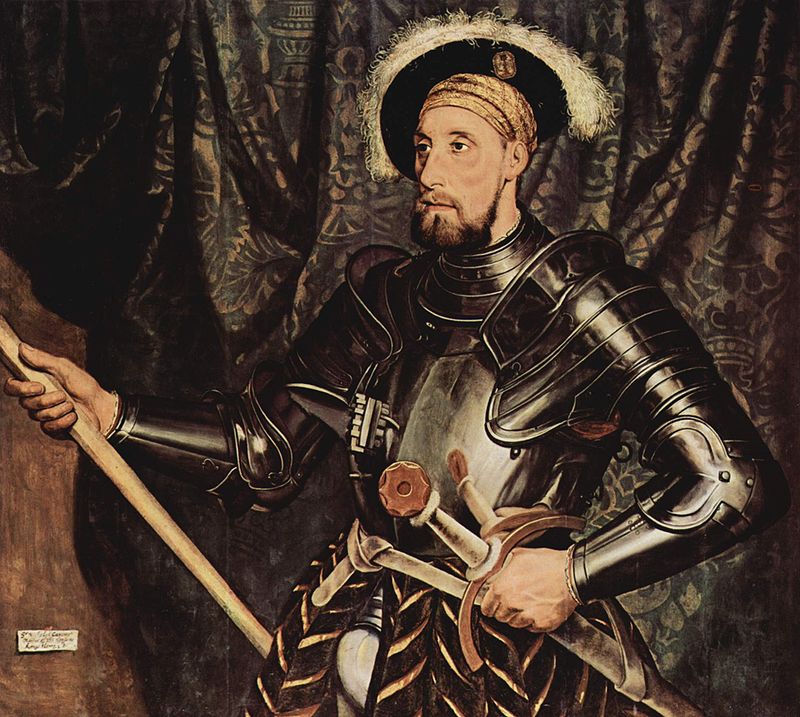
When Jane Seymour appeared in sight, Nicholas Carew and Gertrude Courtenay née Blount, Marchioness of Exeter, together with the Seymour brothers and Sir John Seymour, Jane’s father, seemed to have coached Jane how to behave with the king. Remarkably, Gertrude was a relative of Bessie Blount, the king’s former mistress, as well as a close friend of Mary Tudor, although she was also Elizabeth Tudor’s godmother. Nicholas benefited from his efforts: he was given the Order of the Garter instead of George Boleyn, who had expected the honor would go to him.
In her book “Jane Seymour: Henry VIII’s True Love”, Elizabeth Norton writes:
“When Henry VIII had first become attracted to Anne Boleyn, he initially sought to make her his mistress, as he had done with a number of women before her. Anne was different to most of the women at Henry’s court. In refusing to sleep with the king unless he married her, Anne Boleyn increased Henry’s love for her and dramatically changed the status quo in England. Unwittingly however, Anne’s course of action also demonstrated a clear way to increase the king’s affection and, perhaps, ultimately, to lead him to marriage and that was to insist upon marriage as the price for consummating the relationship. Both Jane and her supporters knew this and, by the end of January 1536, they had determined to attempt to win the king permanently for Jane.”
As Jane’s courtship by Henry was progressing, stakes were rising higher, and her chances to become Queen of England were increasing, while Anne’s influence with Henry hit rock bottom. While the Seymours certainly taught her how to act and what to do, Jane was not a fool despite her lack of education: she knew what she was doing to Queen Anne pretty well, and the execution of all their recommendations – the excellent performance before the king – was all hers.
In his letter to the emperor dated the 1st of April 1536, Eustace Chapuys described what he learned about Jane Seymour’s reaction to one of the king’s gifts:
“The young damsel, to whom he is paying court, after respectfully kissing the letter, returned it to the messenger without opening it, and then falling on her knees, begged the royal messenger to entreat the King in her name to consider that she was a well-born damsel, the daughter of good and honorable parents without blame or reproach of any kind; there was no treasure in this world that she valued as much as her honor, and on no account would she lose it, even if she were to die a thousand deaths. That if the King wished to make her a present of money, she requested him to reserve it for such a time as God would be pleased to send her some advantageous marriage.”
Jane’s refusal to open the letter was a deliberate, rational calculation on her part, which was entirely similar to what Anne had done years before. These actions did not paint Jane as a woman who defied and humiliated her sovereign – instead, they looked like the sincere act of a virtuous maid, whose high moral code did not permit her to have extramarital affairs, even with her own sovereign. At one side, Jane was a pawn of her greedy relatives, but she was not without ambition to get the crown either.
Since then, Henry’s affection for the Seymour maid strengthened and became “purer” in his own eyes. His Majesty refused to meet with Jane without a chaperone, so one of her relatives – her brothers Thomas or Edward – played this role. The monarch’s rendezvous with Jane became easier after the apartments of Thomas Cromwell, who was the royal chief minister back then, had bene given to Edward Seymour.
A fatal storm was brewing in the life of Queen Anne. The storm that would hit hard eventually, but she did not know when and how.
All images are in the public domain.
Text © 2020 Olivia Longueville

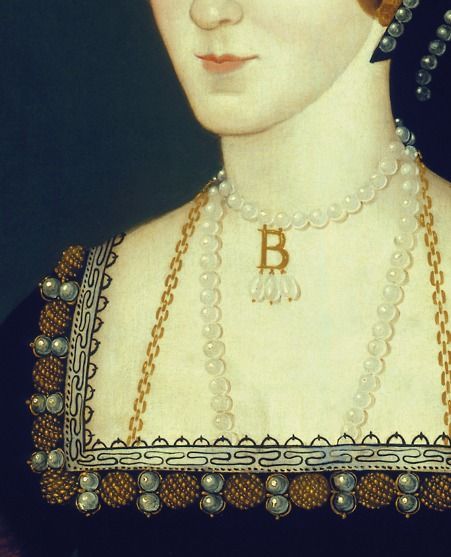




Suspect that Jane held catholic leanings as she had a close bound with Mary, trying to get her back at court etc. Jane had asked for pardons for the participants of the pilgrimage of grace, for example. Henry reminded her of what happened to Anne. Think that she was only thinking about defeating Anne in the bedroom. She was only a breeding mare for Henry. She was part of the den of vipers competing for power via Henry. Her affair with him was well before the three months officially reported and Anne would have been well aware of it. Who could get pregnant first and give him a son. Read someplace in which Anne caught Jane on Henry and said to be the reason, for the miscarriage due to the stress. Not sure
I, too, think that Jane Seymour had Catholic teachings and, hence, felt obligated to try and save those who participated in the Pilgrimage of Grace. But Jane failed…